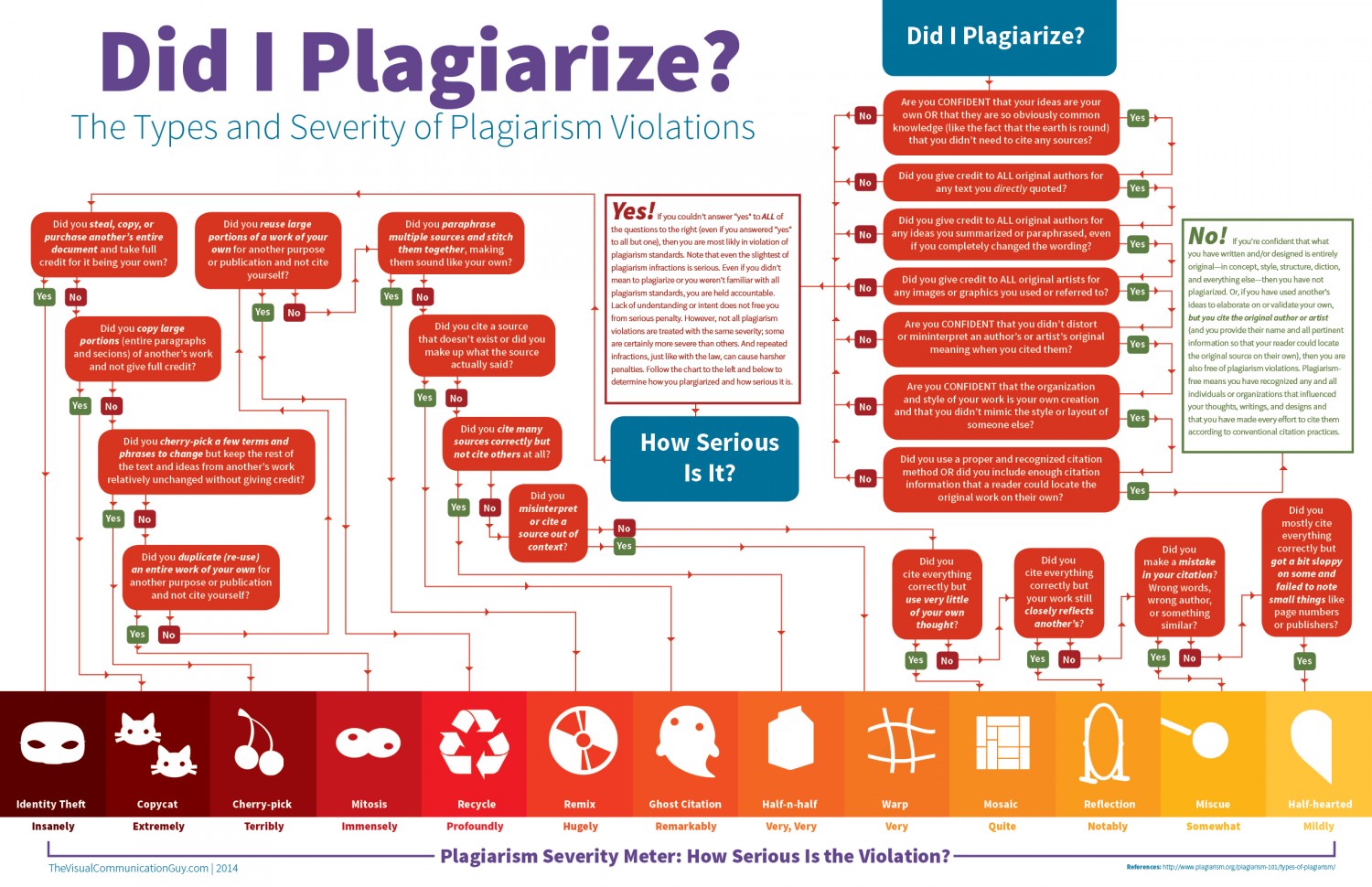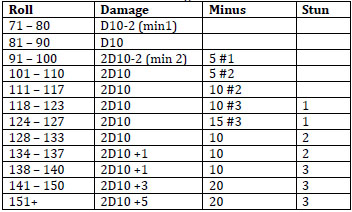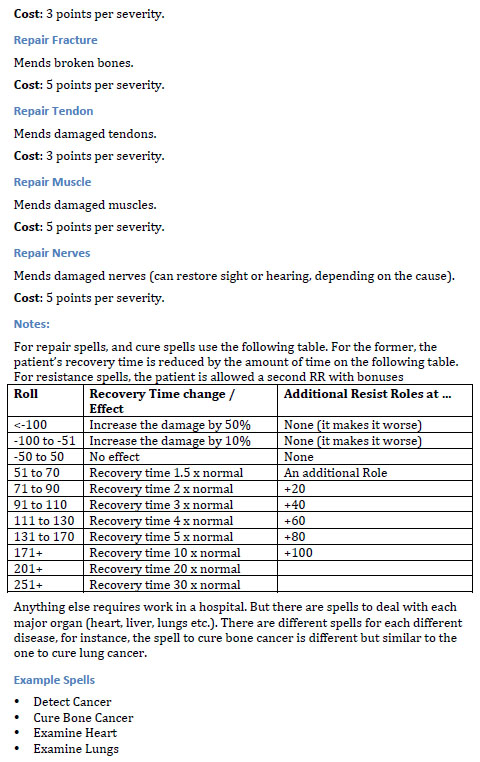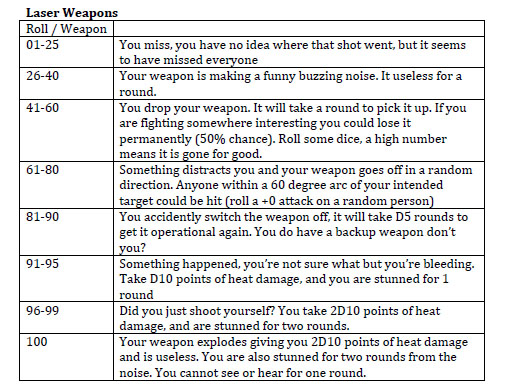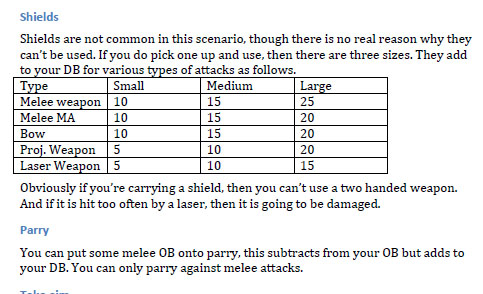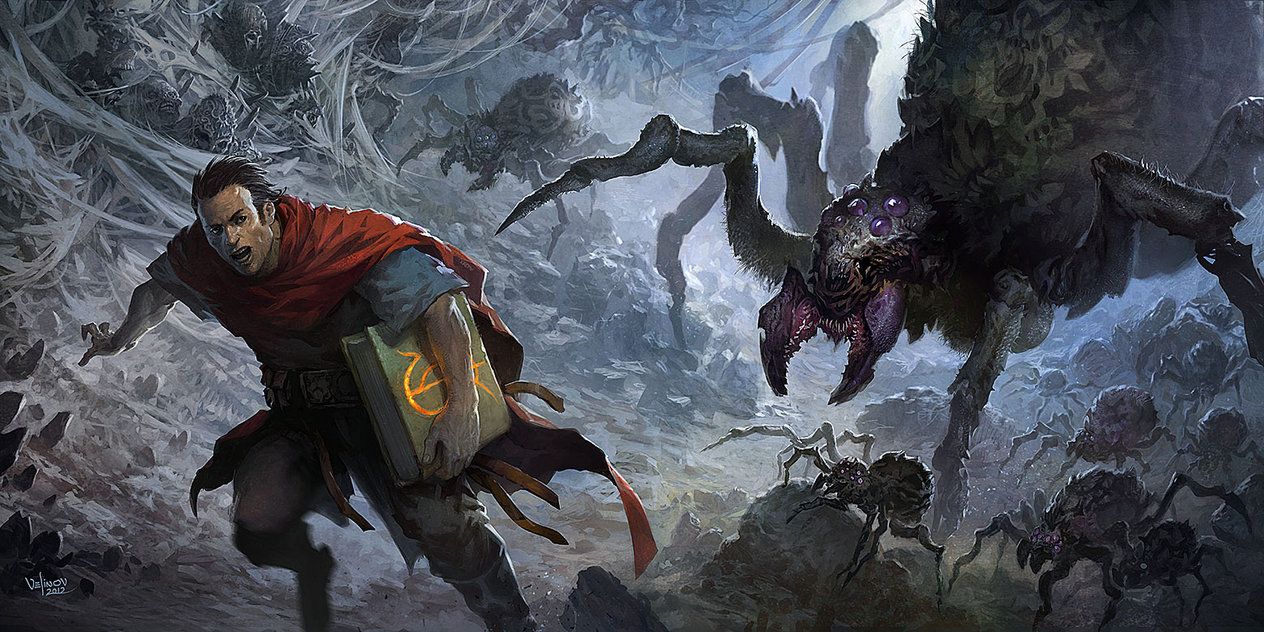Today I have for you an interview with Jonathan Dale about the current state of RMU and I did my best to get the release date out of him but he was having none of it.
Peter: For those people who are not part of the RMU Beta test on the ICE Forum could you tell us how you came to join the RMU Dev Team?
JDale: The glib answer is that I posted too much in the playtest forums, and now here I am. That’s sort of true. ICE is currently made up of freelancers and people’s available time changes, and an open playtest is an exhausting process, especially at the beginning when the rules are still rough. Some of the team were not going to stay closely involved and that meant some new people had to be brought on board. Some of the team had told me they appreciated how, in my comments, I was looking at other people’s views, explaining my reasoning, and suggesting alternatives rather than just criticizing. I also had met with Matt Hanson at an RPG event at Jetpack Comics. Initially I was brought in to help Matt, and we did a sit-down session as well as conversing by email, but as his free time ran out, I ended up the lead on A&CL. I also did some work on Creature Law, mainly on the talents and updating the giant spreadsheet used to create the creatures, and Vlad is plugging away on updating the creatures themselves. Nicholas also brought in Graham Bott to do some work on Spell Law (which did not get changed very much) and Treasure Law (which got more changes, unsurprisingly since it had only been through one beta cycle).
Peter: It has always struck me that you come across as the voice of moderation, on the forums as least, especially when there are some very strongly held views. How much of Arms & Character Law would you say is ready to sign off and how much is still open to change given that most people are praying every day for the RMU Singularity?
JDale: A&CL is basically done. I could have signed off on it a while ago. It’s Creature Law that is taking time. That said, because of that delay, I’ve continued to make minor tweaks and adjustments to A&CL based on feedback, mostly improving wording for clarity. The current discussion of tactical movement is an extreme case of that, I actually have two versions of the manuscript, one each way.
Peter: The problem I have had with play testing was getting the players. I took me over a year to get my RM2 stalwarts to accept RMC. Going to RMU was rejected out of hand. I did find one new player but he comes and goes and we didn’t get to play much. You on the other hand seem to have several games on the go. Did you hit many problems at the game table with the new rules?
My player’s biggest complaint is that…
JDale: I still don’t get to play nearly as often as I’d like. I’ve been forced to fall back on playing a D&D game although the current plan is I will take over and launch another RMU game when that campaign ends later this year. In any case, I started my current (still-running) RMU game before joining the development team. I think my player’s biggest complaint is that I keep changing the rules on them as we go from update to update; I started that even before joining the dev team. We did run into many of the same issues others have mentioned on the forums, for example injury penalties were too high and too frequent (these have since been reduced), and damage was too low (this is being raised). We also converted our long-running (but not frequently meeting) RMSS game, in which I am a player not GM, and conversion is different from starting a new game. Some things go up, some things go down, there were some complaints about the latter but nobody complained about the reduced need for spell prep or their skills that went up. The biggest issue there was with the very different number of starting language ranks between the two editions, which we mostly dealt with by giving everyone 20 extra ranks.
Peter: I would like to ask about monsters. I know you are mainly working on A&CL but the foes we fight are an integral part of combat. When the Beta of Creature Law hit it was dramatically behind in its level of development in terms of presentation and it stirred up a hornets over the normalised creature stats. Is there a secret ‘new and improved’ creature law that the dev team are using that we haven’t had a chance to look at?
“…to a mere 286”
JDale: The core of Creature Law is in the talents and archetypes. The archetypes are basically a streamlined way of handling normal level progression, so the GM does not have to pick individual skills and stat gains when creating a creature. And the talents cover everything else. The archetypes have been slightly updated to take into account other changes but we did a lot of work to clarify the talents, remove redundancy, and make the costs more consistent. That reduced the number of talents and flaws to a mere 286. All of the talents now have full descriptions in the same style as those in A&CL. That required us to update the creature-building spreadsheet to take into account the changes. We also made changes to how movement rates were calculated, how hits are presented (e.g. larger creatures now have more hits rather than taking reduced damage), etc. So, the framework is definitely improved. And I have used it to create creatures for my campaign. But ultimately the books (it will be two volumes, not one) will also present more than 800 creatures that are ready to go; the creature stats all need to be updated based on those changes, and that’s what’s still in progress.
Peter: That is really good to hear, I was one of those people who moaned mightily about the normalised #hits for monsters.
So the thing I like the most about RMU is the skill system. RM2 skills by comparison are a nightmare of inconsistency with some skills giving different bonuses per rank depending on the skill, the costs had no continuity and even really important game mechanics being given buried in the skills descriptions; such as all flying manoeuvres being at -75 only being mentioned in the Flying skill but not under the manoeuvring rules. RMU by comparison is really neat, skills give bonuses and expertise reduce penalties.
If you had to point to one thing in RMU that really stands out as an improvement or a problem solved what would it be?
JDale: That’s tough. I’m mostly coming from RMFRP, so the streamlined skill list and similar skills rules are a nice improvement from the skills and categories of the previous system. I can definitely see the improved organization and clarity being a big step from RM2, that’s why we switched to RMFRP in our group after all, and there was still room for improvement. The improvements to the attack tables are big in my opinion too. But as someone who enjoys worldbuilding, I was really excited to get tools for creating and customizing professions, races, cultures, and monsters. Those are super useful for me and I think will also be useful keeping everything working when the system expands with future Companion books.
Peter: OK, this will be a bit of a curved ball but I actually did a bit of research before asking to talk to you. So without looking in Creature Law, what OB would you give a starfish?
JDale: Maybe I gotta keep clam about that. 🙂 I’m sure they’re awesome grapplers with a secondary acid critical… if you just sit there and wait for them.
The answer is 25T(3)gr ;25D(2)be (grapple and beak) but to my horror I discovered that the number encountered is 2d8(!) I play Rolemaster, I don’t own 2d8!
Peter: OK, one last question, and this one I know you cannot really answer, but you have seen more of the books in their present state, the working spreadsheets and so on. You have seen how they have been progressing over the past six months. If I had to press you, when do you think the singularity will happen, at least to the nearest month or season? Should I be putting RMU on my Christmas list?
JDale: Even after the singularity, there will be a round of proofreading, probably a round of fixes to the issues it reveals, and then art and layout. I have no idea how long that will take. I would love to have a copy in my hands this year, but no idea whether it will happen.
My thanks to Jonathan for spending the time to answer my questions and what I think was the coolest bit was that he signed off saying “I am off to go run our LARP for the weekend so thanks for the chat!” In my experience there are not many conversations you can drop the word LARP into and get away without some fairly long explanations. 🙂


 I am actually going to use one of our own 50 in 50 adventure outlines as an encounter,
I am actually going to use one of our own 50 in 50 adventure outlines as an encounter, 


 Capricorn One
Capricorn One
